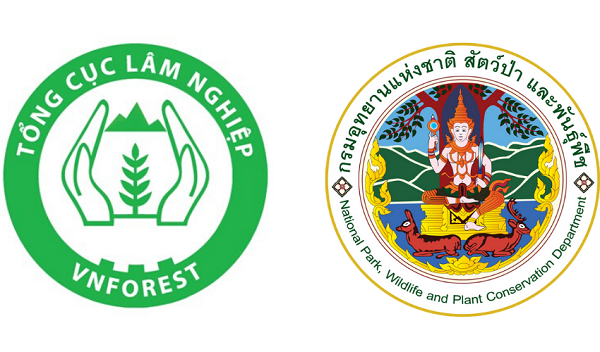Banning vs. legalise and regulate in forest management
Two years ago, on a field survey in Bac Kan Province in Viet Nam, we heard about a farmer who needed 30 stamps to get a permit to harvest a single Styrax tonkinensis tree that was growing on his land. Even though the tree was on land that was designated as plantation forest and the farmer had a land use right certificate for that plot, he was not allowed to cut down the tree because it had regenerated naturally. Naturally regenerated trees are automatically classed as “natural forest” and any kind of harvest in a natural forest is illegal.
Thanks to good personal relationships, the farmer finally got his permit. But he was the only one in the commune who managed to overcome such a complicated process. While harvesting naturally regenerated trees in plantations is challenging, illegal logging in protected areas is widespread.
As in many other countries, the inability to regulate access to protected areas in Viet Nam drives the government to impose a total ban on any use of natural resources. While well-intentioned, these bans make it difficult to develop models based on the sustainable management and use of natural forest, which in turn limits the incentive of local people to participate in forest protection.
The absurdly complicated process that the Bac Kan farmer faced before he could legally log a tree is an example of the unintended consequences of total bans. Not only does the ban prevent the farmer from benefitting from the management of native species, it is also a disincentive to mix native species with fast-growing exotics in a plantation, thereby encouraging farmers to plant monoculture with no biodiversity value and low resilience to disease. Similarly, banning the harvesting of non-timber forest products such as rattan in natural forests stops local people from benefitting from protected forests, which can push them into illegal cutting to meet their needs.
Viet Nam’s ambitious Payment for Ecosystem Services (PES) program isn’t enough to change this situation. The average annual PES payment that a forest manager can receive is about 265,000 dong ($12)/hectare while the maximum payment can reach 800,000 dong ($35)/hectare. But this is tiny compared to the potential income from converting forest into farmland, such as a coffee plantation that even in a bad year can bring in 80 million dong ($3,500)/hectare. Current PES payments alone therefore don’t provide a strong financial incentive to stop forest clearing.
Under these conditions, enforcing the law without additional measures won’t work.
Increasing PES payments may be difficult but non-cash benefits could help. One option is to provide secure tenure rights over forest land. Trees should be considered a form of property and should belong to those who own the land. They should be treated in the same way as other assets, like houses, on residential land.
For example, production forest that is allocated to households and organisations should come with the right to manage the forest as they see fit, as long as it complies with sustainable harvesting rules. Some forest enterprises have problems getting permission to harvest trees in their own forest because the local government doesn’t want forest cover in a particular year to decline.
The government faces many constraints in terms of budget and personnel needed to protect forests. Consequently, engaging other stakeholders in forest protection is key. Maintaining control over the most important areas for biodiversity and watershed protection while giving management and use rights in other forests to businesses and smallholders could both reduce the burden on government and improve livelihoods. Less important protected forest could be re-zoned as production forest, thereby creating economic opportunities. Market schemes such as the Forest Stewardship Council certification can provide financial rewards for sustainable management. Finally, targeting PES payments on the most vulnerable forests and ensuring that the recipients comply with forest protection agreements would be more effective that the current system, whereby farmers are paid irrespective of performance.
Story written by Le Thi Thanh Thuy and Dean Rizzetti - IUCN Viet Nam





